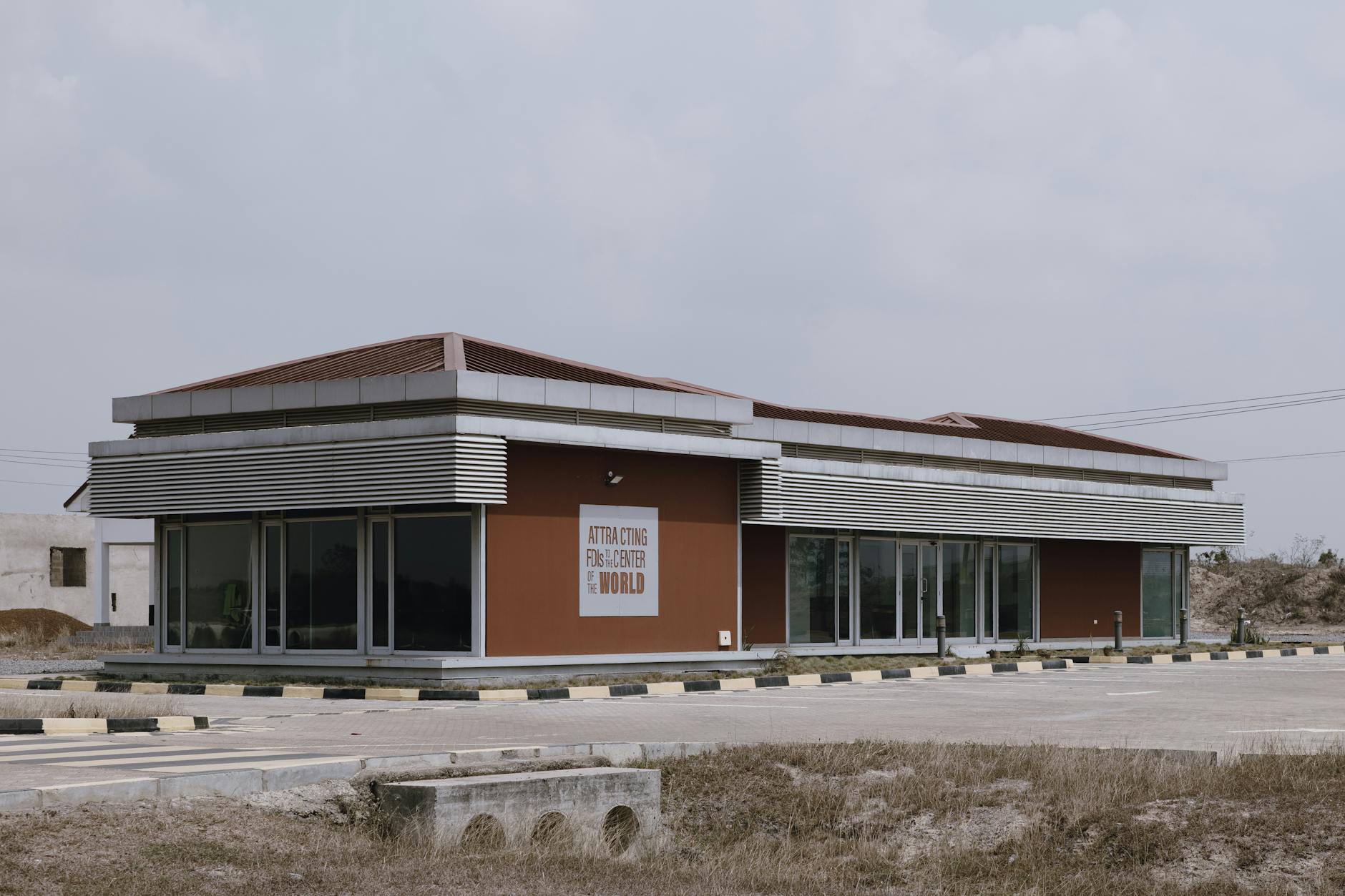How to Navigate Commercial Real Estate Listings for Retail Spaces
Navigating commercial real estate listings for retail spaces can often feel overwhelming, especially for business owners unfamiliar with the industry. Whether you are opening a boutique, a cafe, or a larger retail operation, finding the right space requires understanding multiple factors beyond just square footage and price. This article will guide you through the key steps involved in identifying and evaluating retail property listings. From understanding essential criteria and market trends to leveraging technology and working with professionals, the process requires a strategic approach. By the end, you should feel confident in how to effectively analyze available spaces and make informed decisions that maximize your business potential.
Understanding what makes retail space unique
Retail properties come with specific requirements that differentiate them from other commercial real estate types such as offices or warehouses. When navigating listings, it’s vital to recognize factors like foot traffic, visibility, accessibility, and zoning regulations. A retail space’s location relative to complementary businesses or public transit can significantly influence customer volume and thus your sales performance. Listings often highlight attributes such as frontage length, signage options, and parking availability—all crucial for retail environments. Additionally, understanding zoning laws ensures the property’s permitted uses align with your business plan, avoiding costly legal issues later.
Defining your budget and physical space needs
Before diving deep into listings, clearly outline your budget, including rent, utilities, maintenance, and potential build-out costs. Retail spaces vary widely in price depending on location, size, and amenities, so knowing your financial limits keeps your search realistic. Equally important is specifying the size and layout you need to function optimally—consider customer flow, product display areas, storage, and employee space. Making a list of “must-haves” versus “nice-to-haves” helps prioritize options as you review listings. Often, creating a comparative table helps keep these details organized:
| Criteria | Must-Have | Nice-to-Have |
|---|---|---|
| Square footage | 800–1,200 sq ft | Up to 1,500 sq ft |
| Location | High traffic area | Visibility from main road |
| Parking spaces | Minimum 5 spots | Additional customer parking nearby |
| Zoning classification | Retail/commercial use allowed | Mixed-use allowed |
Evaluating market trends and neighborhood dynamics
Retail success depends heavily on the local market environment. While listings provide property specifics, researching the surrounding area’s demographics, average income levels, and competitor presence offers critical context. Online tools and local economic reports can reveal trends such as increasing foot traffic, new developments, or changes in population density. This data helps decide if the location supports your target customer base over the long term. Moreover, talk to business owners nearby or visit the area at different times to gauge the vibrancy and safety of the neighborhood. The retail space is not just about the building itself but the ecosystem it inhabits.
Utilizing technology and professionals to streamline the search
Today’s technology provides numerous platforms to filter and analyze retail real estate listings effectively. Specialized listing websites, apps with map overlays, and virtual tours save time and allow you to shortlist promising options remotely. Additionally, working with a commercial real estate agent experienced in retail space can provide insider knowledge, negotiation leverage, and access to listings not publicly advertised. Agents help interpret lease terms and identify potential pitfalls in contracts. They also assist in aligning your needs with market offerings, effectively bridging gaps between tenants and landlords for a smoother transaction.
Making informed decisions and negotiating leases
After narrowing down potential listings, the decision-making phase begins. Compare your shortlisted properties against your budget, space requirements, market conditions, and long-term business goals. Consider future growth possibilities—can the space accommodate expansion without relocation? When you identify the right space, be prepared to negotiate lease terms carefully. Pay attention to rent escalation clauses, maintenance responsibilities, permitted uses, and renewal options. Engaging a commercial real estate attorney can ensure the lease protects your interests and minimizes risk.
Conclusion
Navigating commercial real estate listings for retail spaces involves much more than just scanning available properties. It requires a holistic approach, starting with a deep understanding of what makes retail spaces special, defining precise needs and budgets, and comprehensively evaluating prospective areas. Incorporating market research and leveraging technology significantly enhance your ability to identify ideal locations. Partnering with knowledgeable professionals ensures informed negotiations and protects your investment. Ultimately, successful navigation enables you to select a retail space that not only fits your current operational needs but also supports sustainable growth, delivering maximum value for your business in the long run.
Image by: Andy Coffie
https://www.pexels.com/@kema
editor's pick
latest video
news via inbox
Nulla turp dis cursus. Integer liberos euismod pretium faucibua

